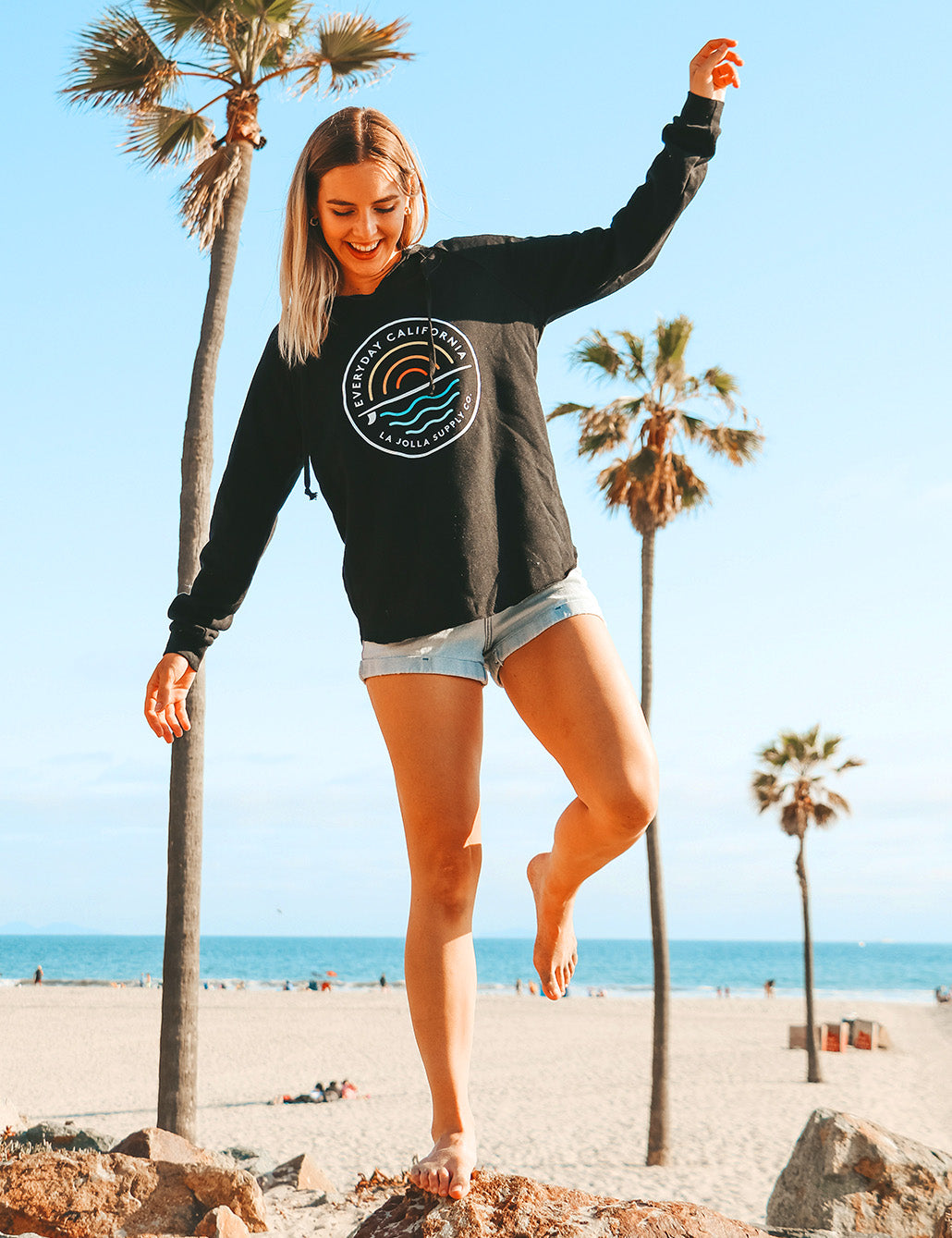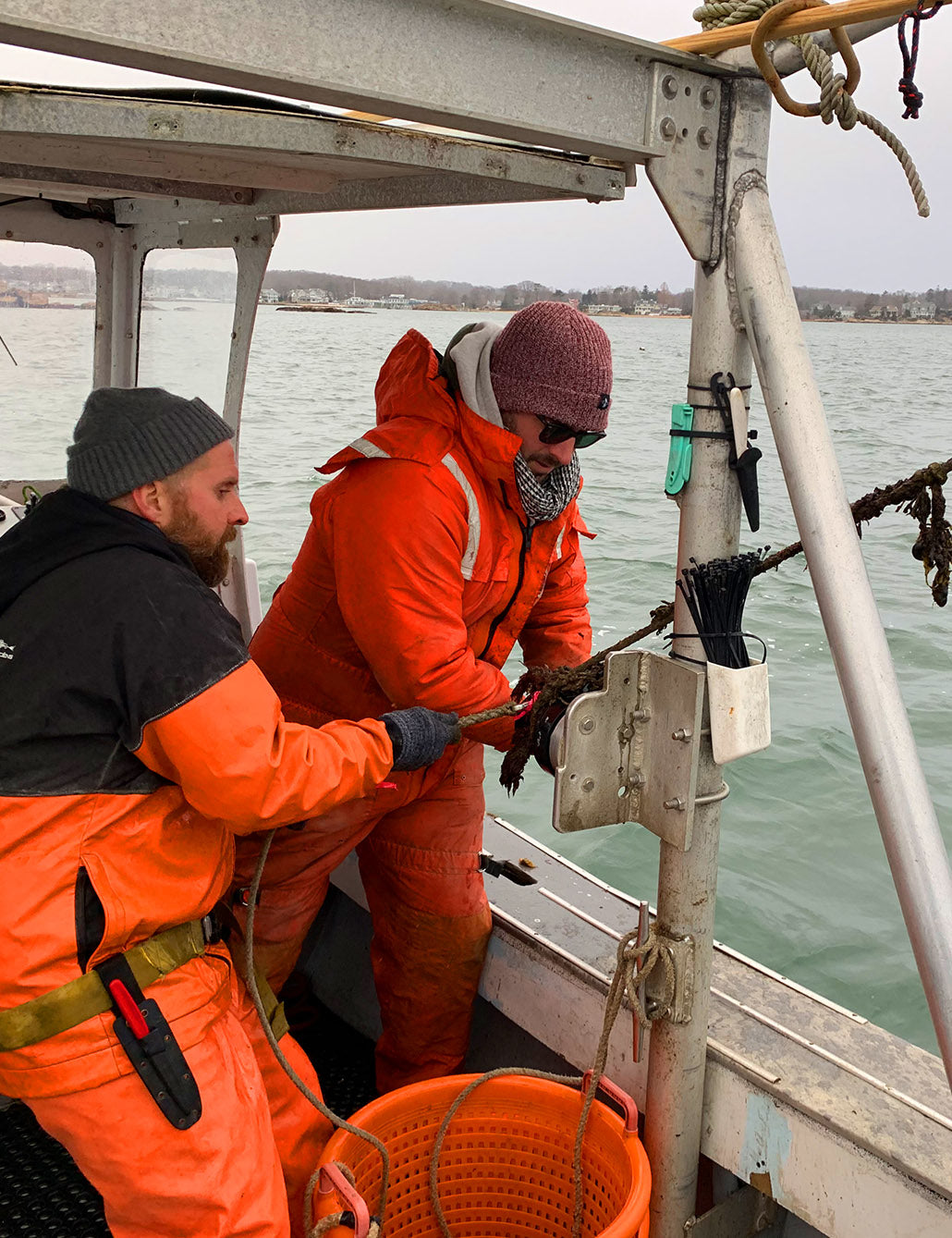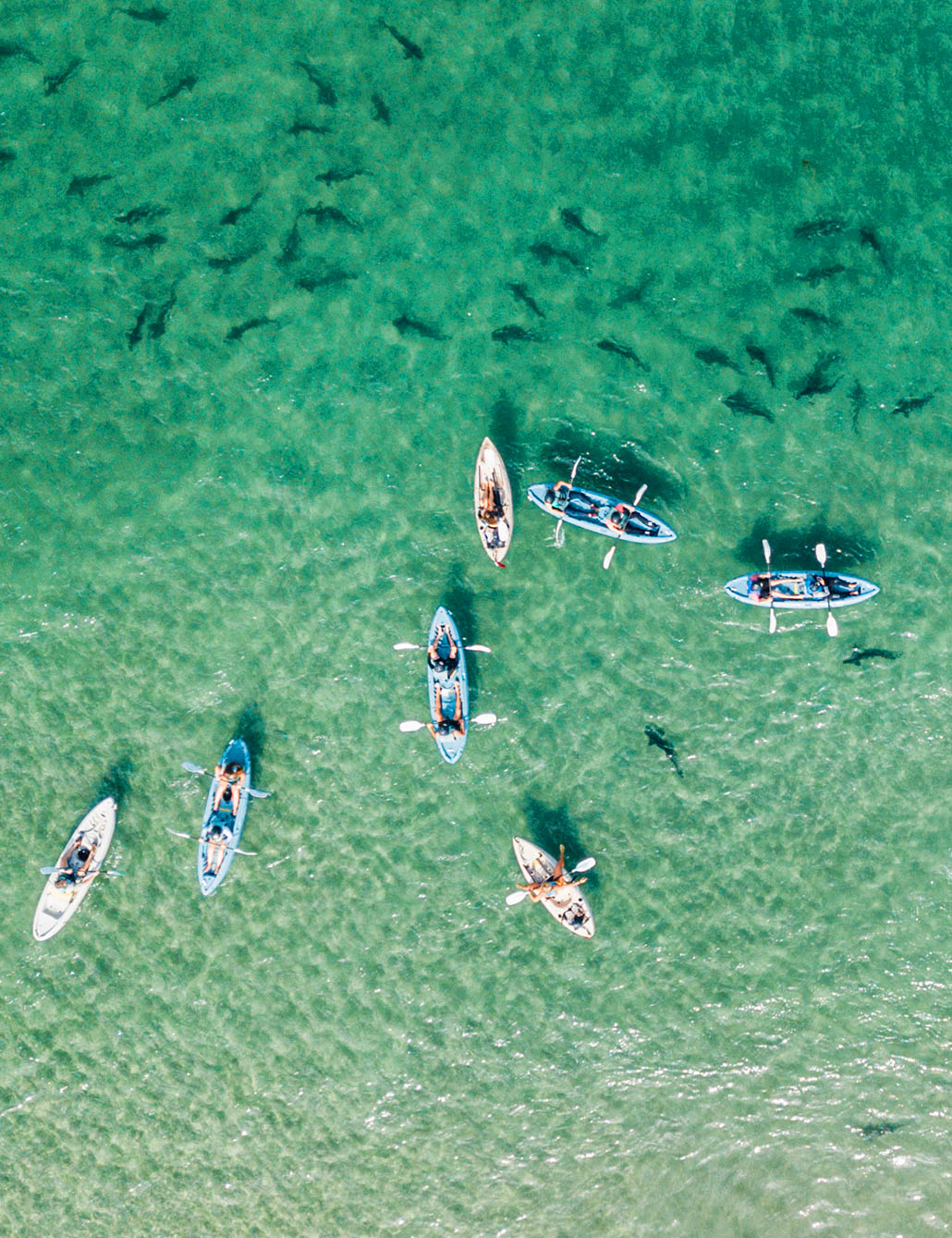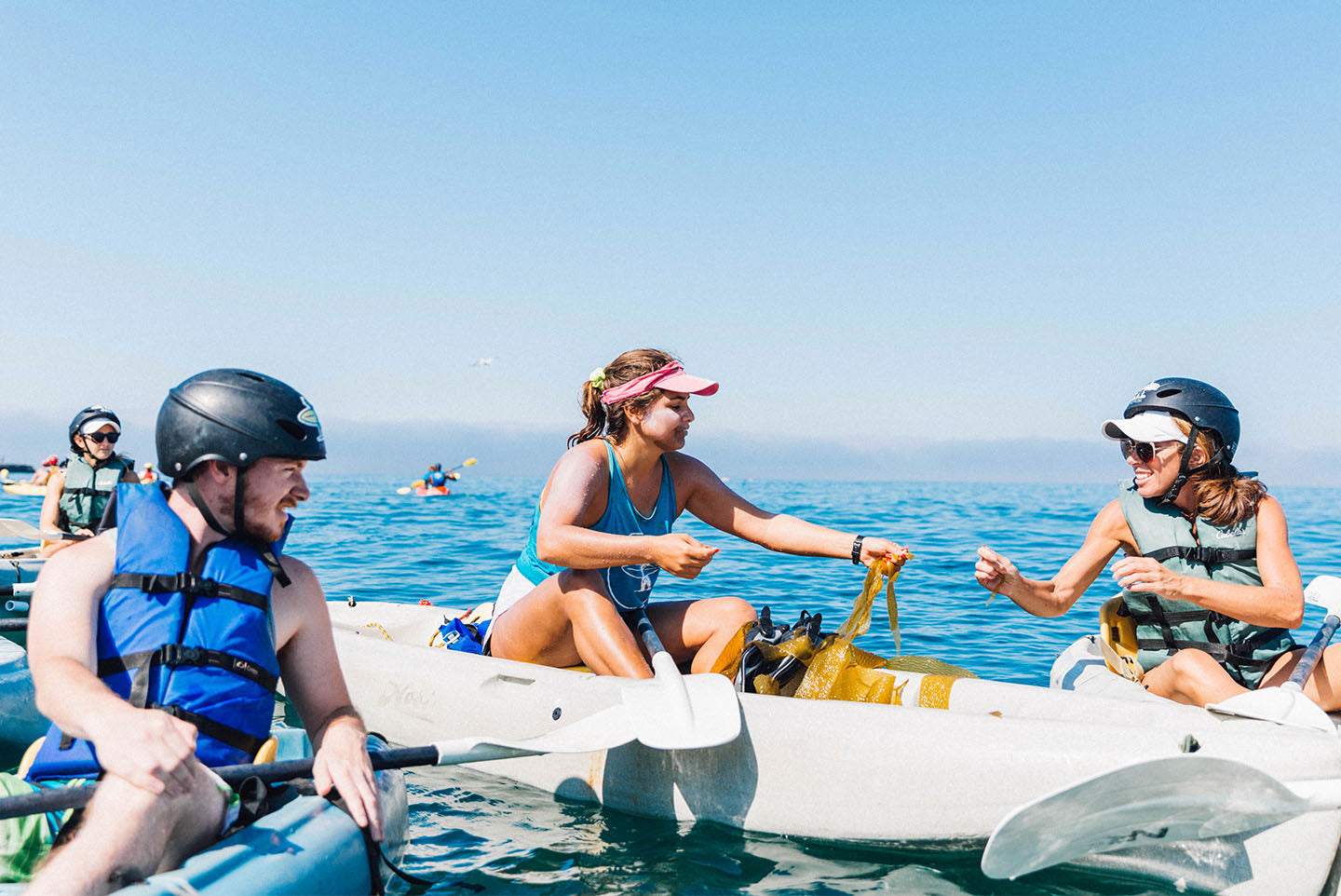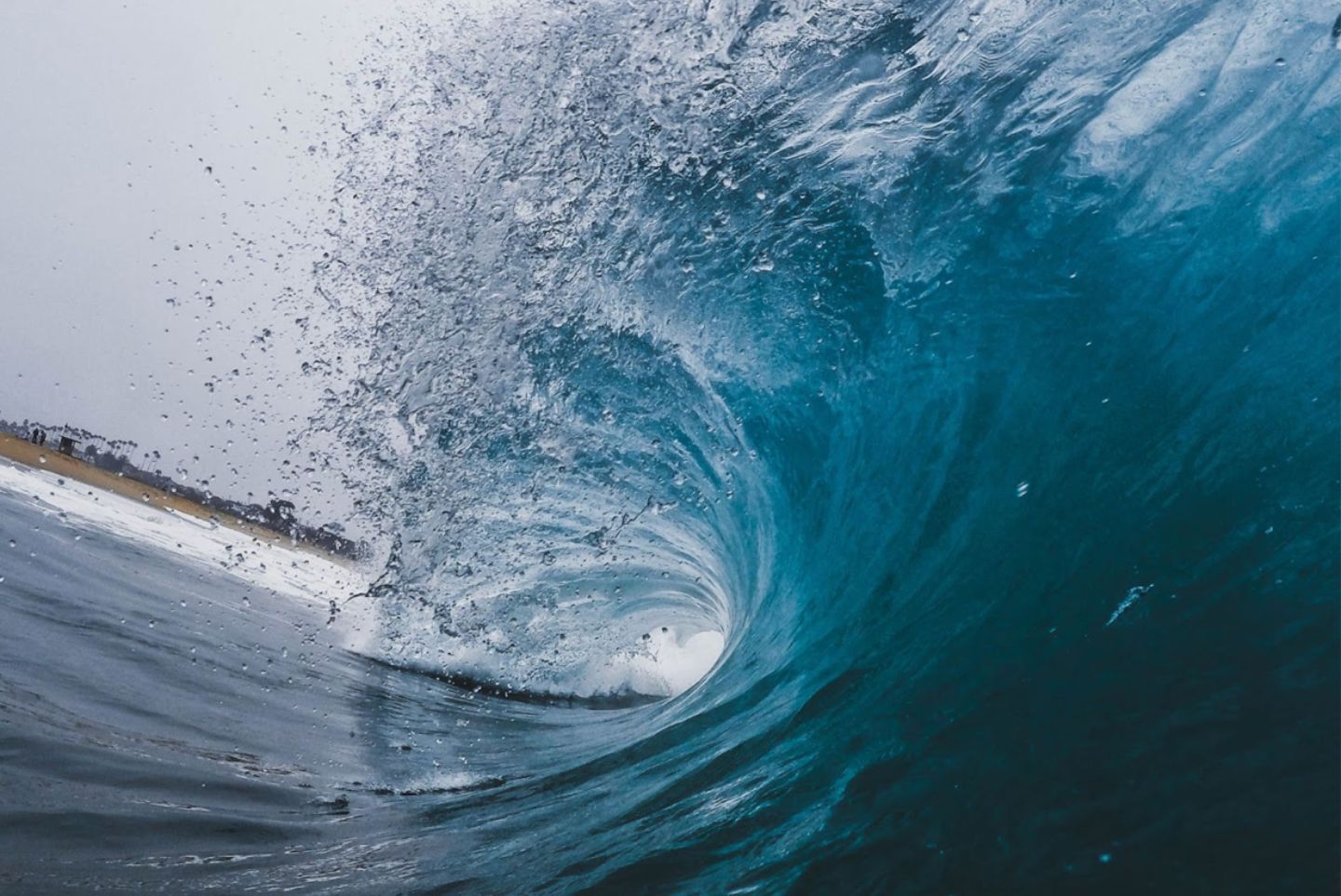While many may picture surfing in warm, toasty water, the truth is that plenty of surfing is practiced in colder temperatured water. These conditions can still be enjoyable so long as you have the right gear and are prepared.
Here are some suggestions for being toasty, happy, and considerate while waiting in a cold-water line.
What Gear Do You Need For Cold Water Surfing?
Cold water surfing is a lot of fun, but you'll need some gear to make it successful.:

Wetsuits
When you're surfing in cold water, you have to protect your body from the elements. Cold water surfing is a great way to enjoy the outdoors, but it can be uncomfortable without the proper equipment. A wetsuit is an essential piece of equipment for any swimmer or surfer who wants to stay warm and comfortable.
Since a wetsuit provides insulation and protection from the cold water, you'll be able to enjoy your time in the water longer. The suit also makes it easier for you to swim and helps prevent hypothermia.
Wetsuits come in different thicknesses, depending on how much protection you need. The thicker the suit, the more insulation it provides. This makes it more difficult for water to penetrate the suit and get inside, and that means it takes longer for your body heat to escape.
A wetsuit keeps you warmer because of its thermal properties: It traps air between two layers of neoprene, which creates an insulating layer, helping to trap heat from your body's core temperature inside. This is why they are especially useful when you're entering cold waters like lakes or oceans where temperatures can be below 70 degrees year-round.
Socks and Neoprene Boots
Swimming socks and neoprene boots are essential for keeping your feet warm and protected when you're surfing in cold water. The socks are made of a soft, stretchy fabric that will keep your feet from getting chafed or blistered, while the neoprene boots provide a protective layer between your skin and cold water.

Neoprene Gloves
Neoprene gloves are great for a variety of applications. They are ideal for protecting your hands in cold and wet conditions.
Neoprene gloves are lightweight and flexible, which makes them easy to wear and comfortable to use. The material is also waterproof, preventing water from getting into the glove and making it easier for you to apply pressure on the object you're handling without worrying about the object slipping out of your hand or losing feeling in your hands due to the cold.
Hooded Surfing Vest
A hooded surfing vest is essential for cold water surfing. The vest keeps your body warm and prevents water from getting into your wetsuit. There are many types of vests available, each with its own pros and cons.
A full-body wetsuit is ideal for cold water surfing because it covers your entire body and keeps you warm.
Another option is to wear a hooded vest under your wetsuit to prevent water from getting inside it. A hooded vest also provides extra protection from wind and spray when you're out on the water, which makes it easier for you to stay warm in colder temperatures.
A Change Of Clothes, Towel, and Blanket
Another thing you'll want to bring with you when you go cold water surfing is a change of warm clothes. Once you get out of the water, even if you were wearing all of the perfect gear, you will now need to take off the wet gear and change into dry clothes to stay warm.
A towel will help dry your body after taking off the cold gear. Having a cozy blanket to wrap around yourself while you lay on the beach or drive home can also help keep your body warm and comfortable.
How To Enjoy Cold Water Surfing

Invest In a High-Quality Wetsuit
You'll want to make sure you have a good wetsuit for cold water surfing. Wetsuits come in different thicknesses and materials, so you should do some research to figure out which one is best for you. A thicker wetsuit is going to be more expensive than a thinner one, but it will also keep you warmer in the water and also most likely be more durable.
Consume Root Vegetables Before Heading Out
Cold-water surfing can be tough. It takes a lot of practice, and if you're not ready and prepared for it, it can leave you miserable.
Start by eating root vegetables a couple of hours before heading out. This will help warm your insides and make them more resistant to the cold. This is because food such as sweet potatoes and other root vegetables require a lot of energy to move through the digestive system, which in turn raises the body temperature.
Stretch
Get warmed up as you're scanning the lineup and conditions. Warm up your muscles before heading out into the water by stretching them out first. This will not only help you stay a bit warmer, but is good practice in general to “warm-up” your muscles in multiple ways.
While You're Out In The Water, Keep Moving
Surfers often think of surfing as a sport that requires a lot of strength and endurance, but cold-water surfing is much more about technique than brute physicality. If you are able to master the art of paddling and keep your body loose and flexible, then you'll be able to enjoy cold-water surfing for longer stretches of time.
Push Through
It really is all about getting acclimatized. Don't leave the water when you first feel cold, it will get better with time. After a while, you won't notice being in cold water and your body will adjust to it.
When You Get Out, Have Something Warm and Dry To Change Into
When you get out of the water, it's important to have something warm and dry waiting for you.
If you're in a cold climate and you don't have access to a warm shower or bath, it can be tough to get warm fast enough. Have some comfortable dry clothes in your bag so that when the time comes, you’re able to get warm quickly.
Do Not Surf Alone
Cold water surfing is a fun, exciting way to experience the thrill of riding waves. However, it is important to be aware of the dangers involved and take steps to minimize risk.
Do not surf alone. Due to safety considerations, you should always have someone nearby who can provide assistance if needed.
Summary

Temperature is a big factor to consider in what kind of surf session you're going to have, and surfing in cold water is a test of mental and physical endurance. With the right gear and preparation you can still totally enjoy surfing under these conditions. That said, you need to make safety and preparation your number one priority when surfing in cold waters.
Everyday California has products that are ideal for cold water surfing like:
These products are designed with comfort and durability in mind.
They are made with high-quality materials that will last you a long time, so you can feel confident when you're out on the water.
We’ll be happy to help you find the perfect surfing products for your needs. Purchase now!


